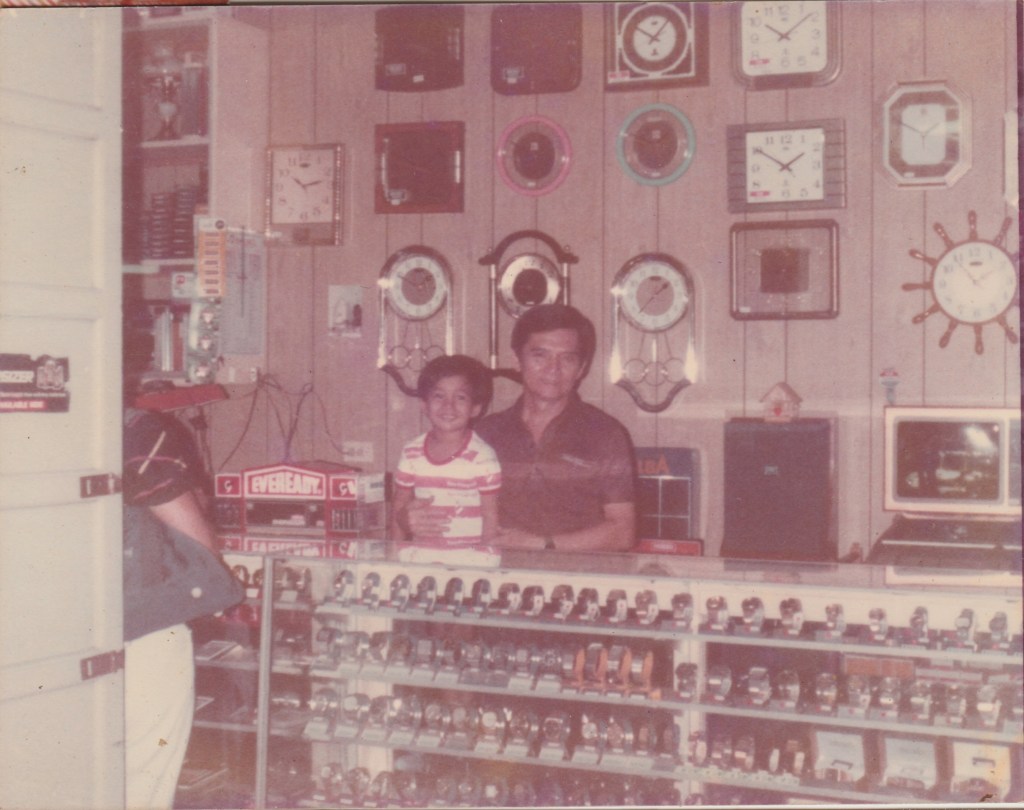My grandfather died last June. His love was rarely spoken, but can be felt through his actions.

I grew up with my grandparents because my parents decided to part ways shortly after I was born. Papa, as we called him (and Mama my grandmother), provided a home for myself, my mother, and my sister.
Papa rarely showed his emotions. When Papa’s mother died, I remembered seeing him walking to the neighbor to borrow their phone. He called the funeral service to come to the house. No emotions and everything was prepared. I only saw him cry once while giving a eulogy at my mother’s funeral. My mother told him during Martial Law that they might not see each other again, if things got worse for her. When I was three or so, I remembered going with Papa to Quezon province, where we visited my mother while she was detained and was set free a few months later. Life started became stable for us after 1984.
Back in 1999, before going back to college, I recalled Papa kissing me goodbye. The feeling was also similar: back then, I thought that was the last time we would see each other. The next time we saw each other was in 2012, when things started to settle for me.

